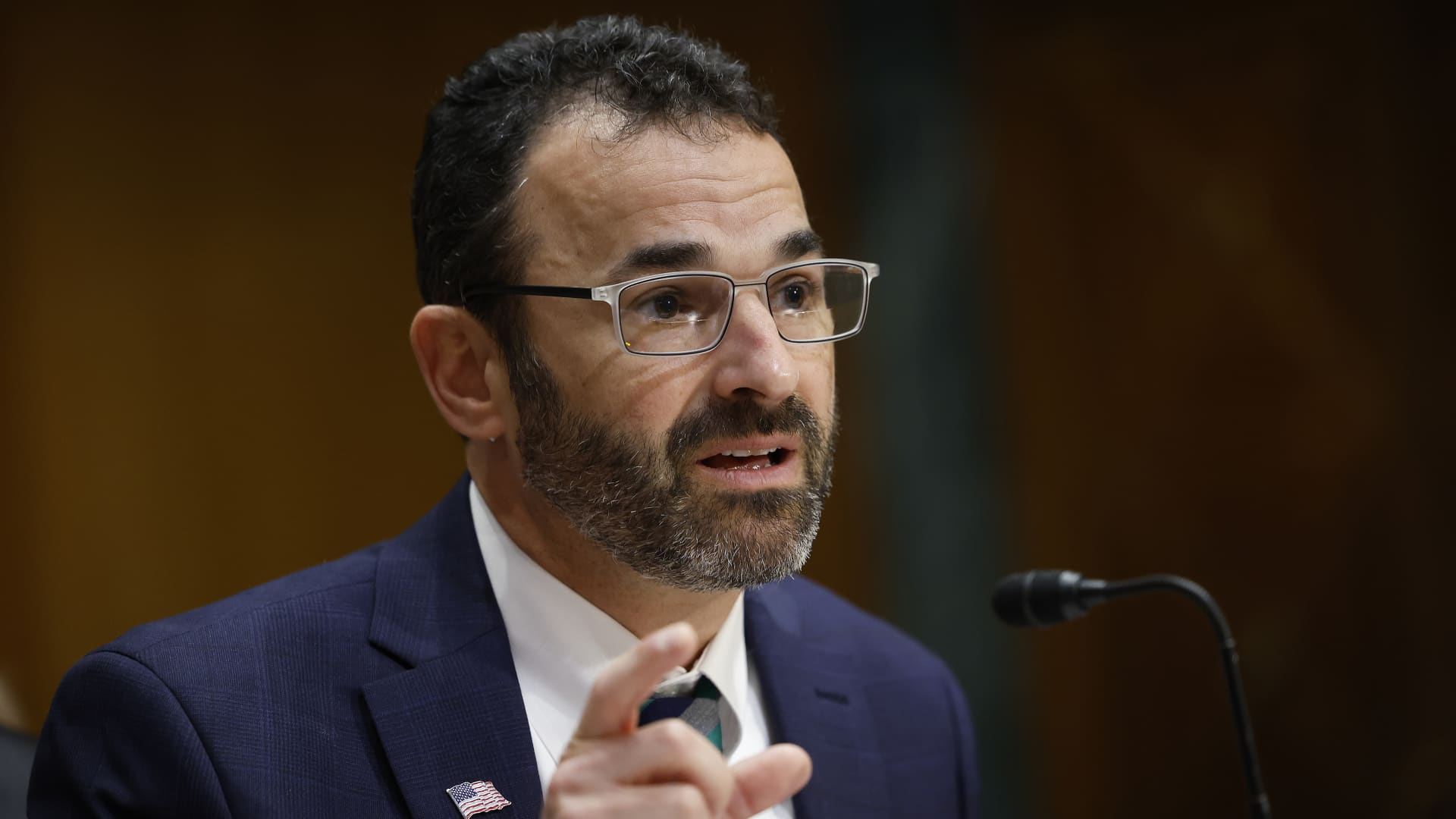The IRS will continue to crack down on top earners who haven’t paid taxes owed — and certain returns may see increased scrutiny, experts say.
“We are working to reverse the historically low audit rates for large corporations, complex partnerships and high-wealth individuals,” IRS Commissioner Danny Werfel said during a House Ways and Means Committee hearing last week.
The audit rate for taxpayers earning $1 million or more was 0.7% in 2019, compared to 7.2% in 2011, according to the IRS.
Bolstered by billions in Inflation Reduction Act funding, the agency in January announced it had already collected more than $482 million from 1,600 millionaires who were delinquent on taxes.
“We’ve already collected half a billion dollars and that’s just scratching the surface,” Werfel told legislators last week, noting that the agency aimed to close the “inequity gap.”
The tax gap, or the difference between taxes owed and paid, was an estimated $688 billion for tax year 2021, the IRS reported in October.
Here are some of the areas the agency could scrutinize more heavily, according to tax experts.
‘Significant emphasis’ on partnerships
“You’re going to see a significant emphasis on partnerships,” said Eric Hylton, national director of compliance for Alliantgroup.
Known as a “pass-through entity,” partnerships don’t pay corporate income taxes. Instead, profits flow through to the business owners’ tax returns.
The IRS is focused on “tiered partnerships,” or partnerships that own another one, which can provide an “opaque way” of hiding income, said Hylton, who is a former IRS commissioner for the agency’s small business and self-employed division.
They’re looking to use data analytics and artificial intelligence in ways they have not previously.Colin WalshPrincipal and practice leader at Baker Tilly
As of December, there were open examinations of 76 of the largest partnerships in the U.S., with average assets of more than $10 billion, according to the IRS. These companies included hedge funds, real estate investments, publicly traded partnerships, large law firms and more.
“They’re looking to use data analytics and artificial intelligence in ways they have not previously,” said Colin Walsh, a principal and the practice leader of Baker Tilly’s tax advocacy and controversy team.
Other ‘red flags’ for higher earners
In addition to complex partnerships, the IRS is watching for other “red flags” from higher earners, according to Hylton.
For example, there could be heightened scrutiny of residency in Puerto Rico, international tax evasion and cryptocurrency, he said.
Another area of for increased audits could be estate and gift tax returns, particularly those using “aggressive valuation discounts” for assets, Hylton said.
“I think we’ll see a heightened audit of traditional issues,” Walsh said, such as individuals reporting business income on Schedule C or so-called “passive losses” used to offset certain types of business income.
In the meantime, his team is watching closely to see where the data leads future IRS exams.
Don’t miss these stories from CNBC PRO:
- Warren Buffett’s Berkshire keeps new stock pick secret — again. Here’s what it means
- Michael Burry of ‘The Big Short’ fame buys Amazon, Alphabet and a dozen other new stocks
- Move over, Nvidia. There’s a new hot AI play that has soared 960% in the past year
- Morgan Stanley’s Slimmon names 3 stocks to buy right now: ‘It’s going to be a good year for equities’
- This little-known bank is offering one of the highest CD rates
